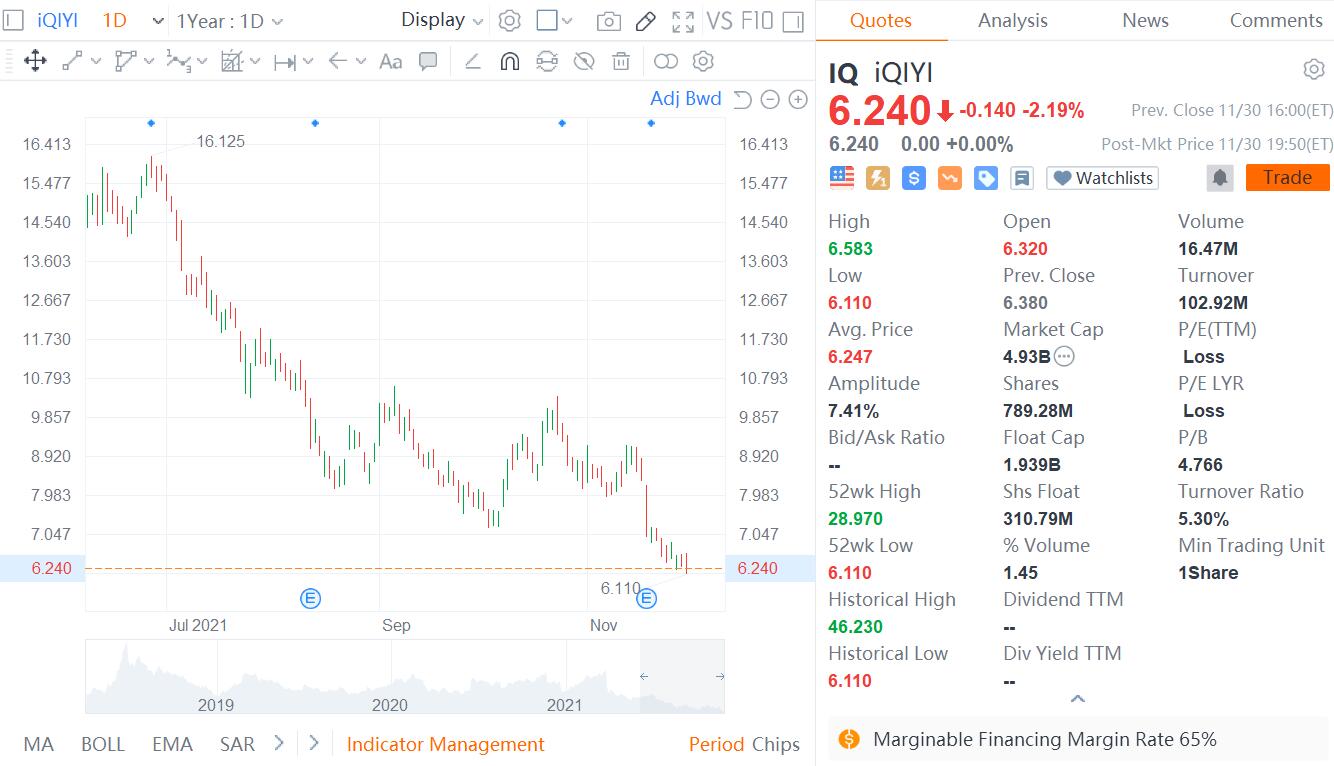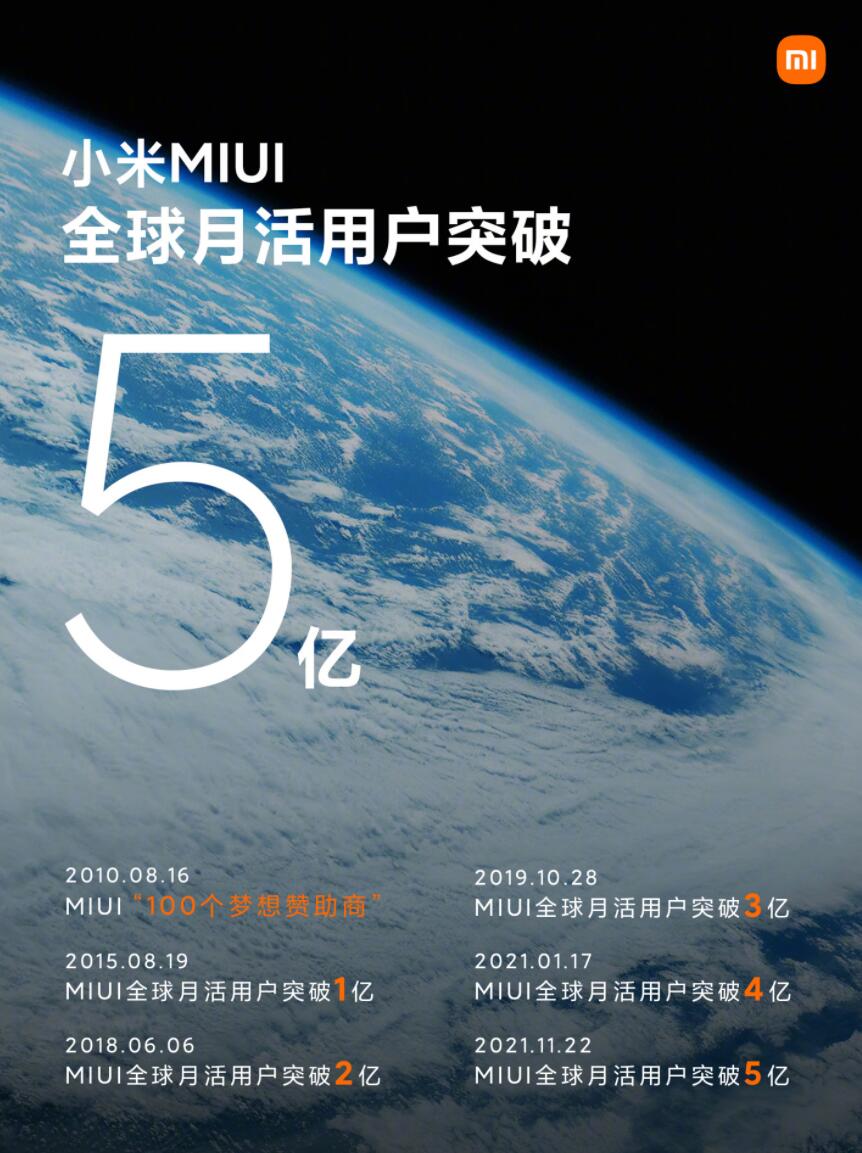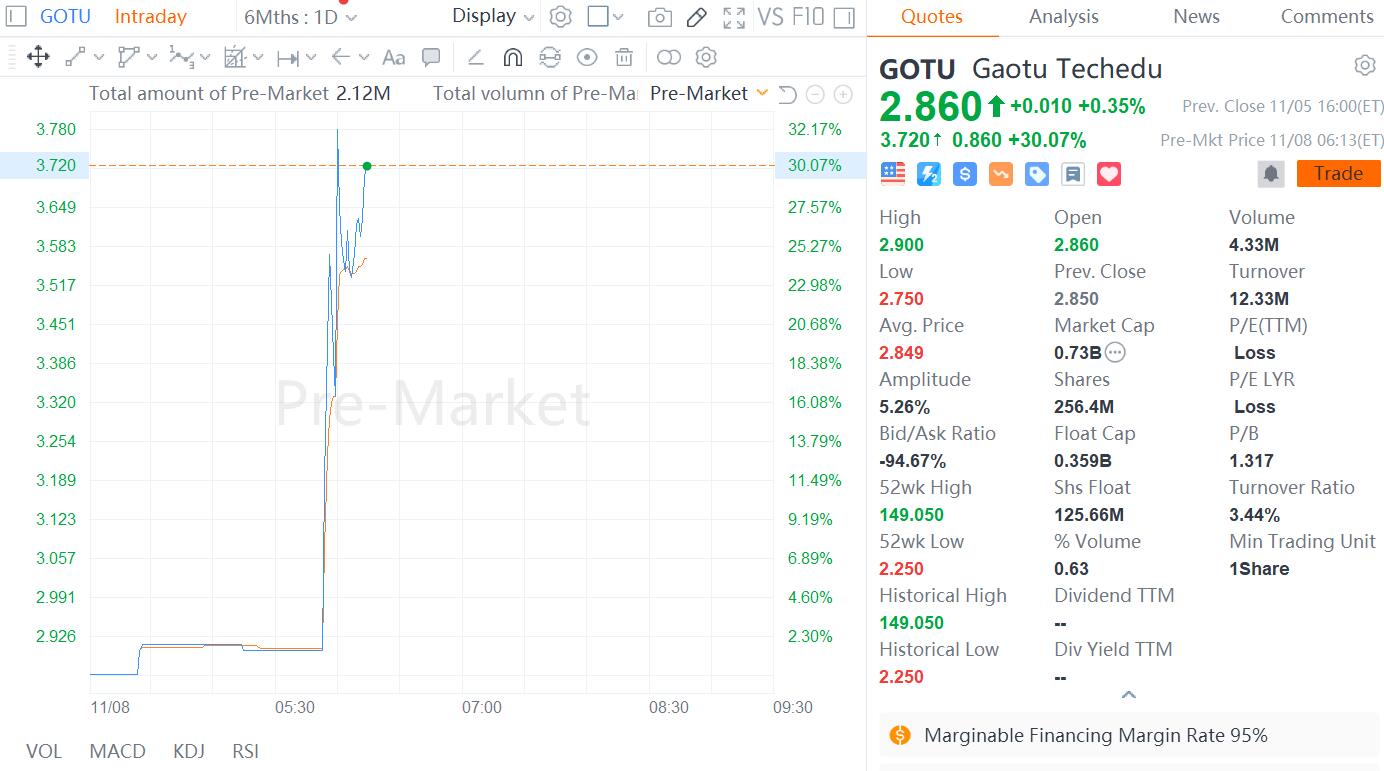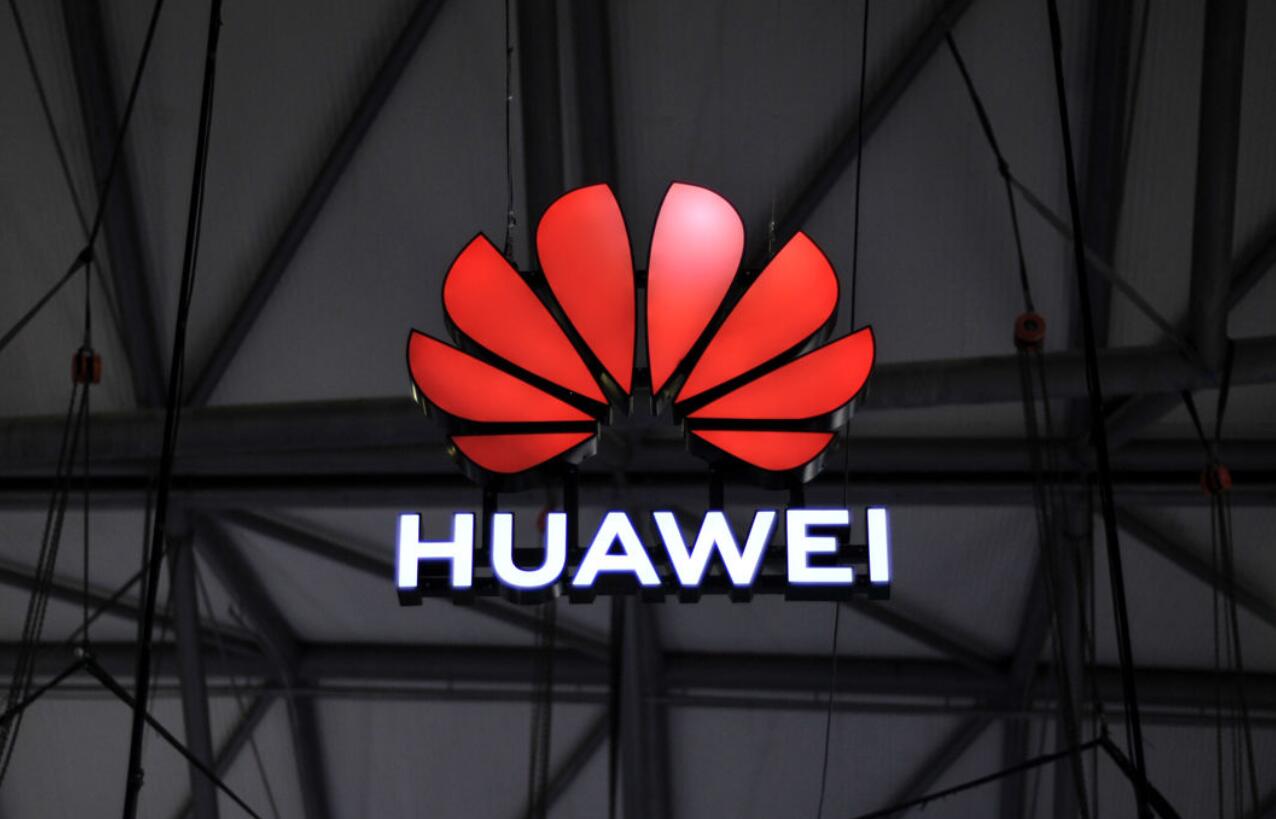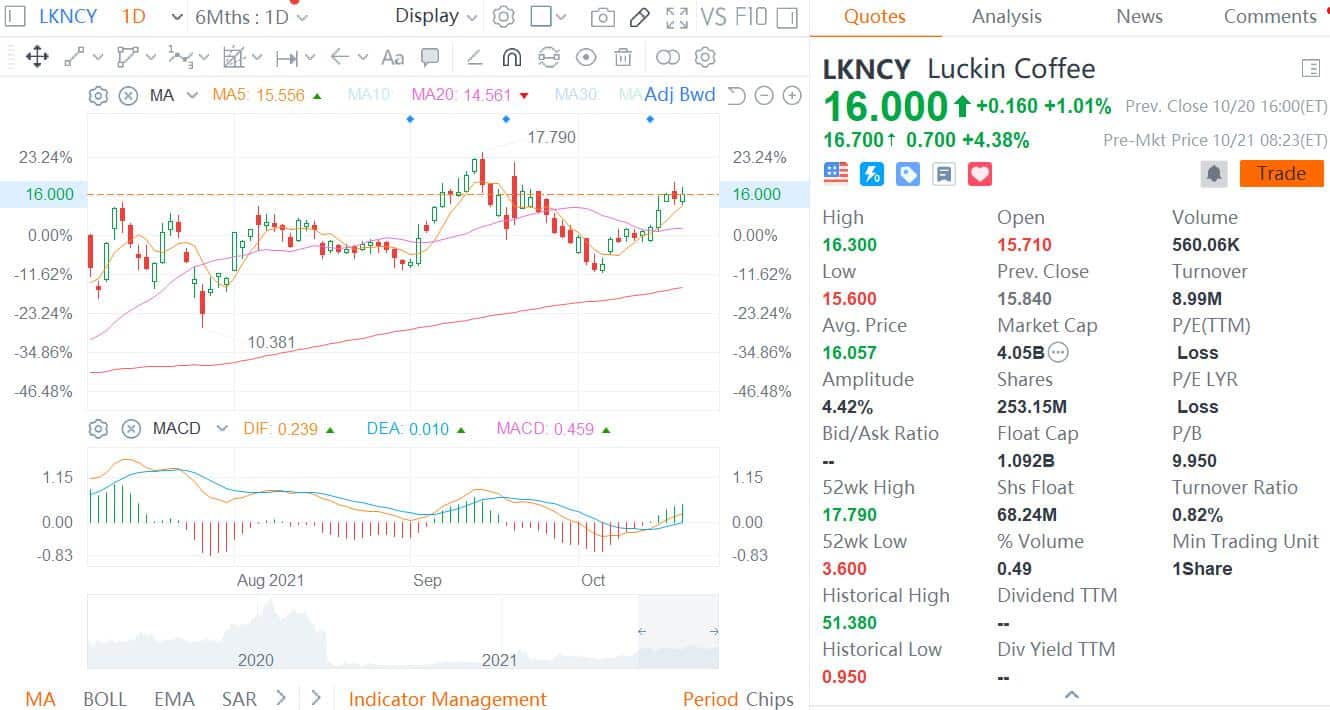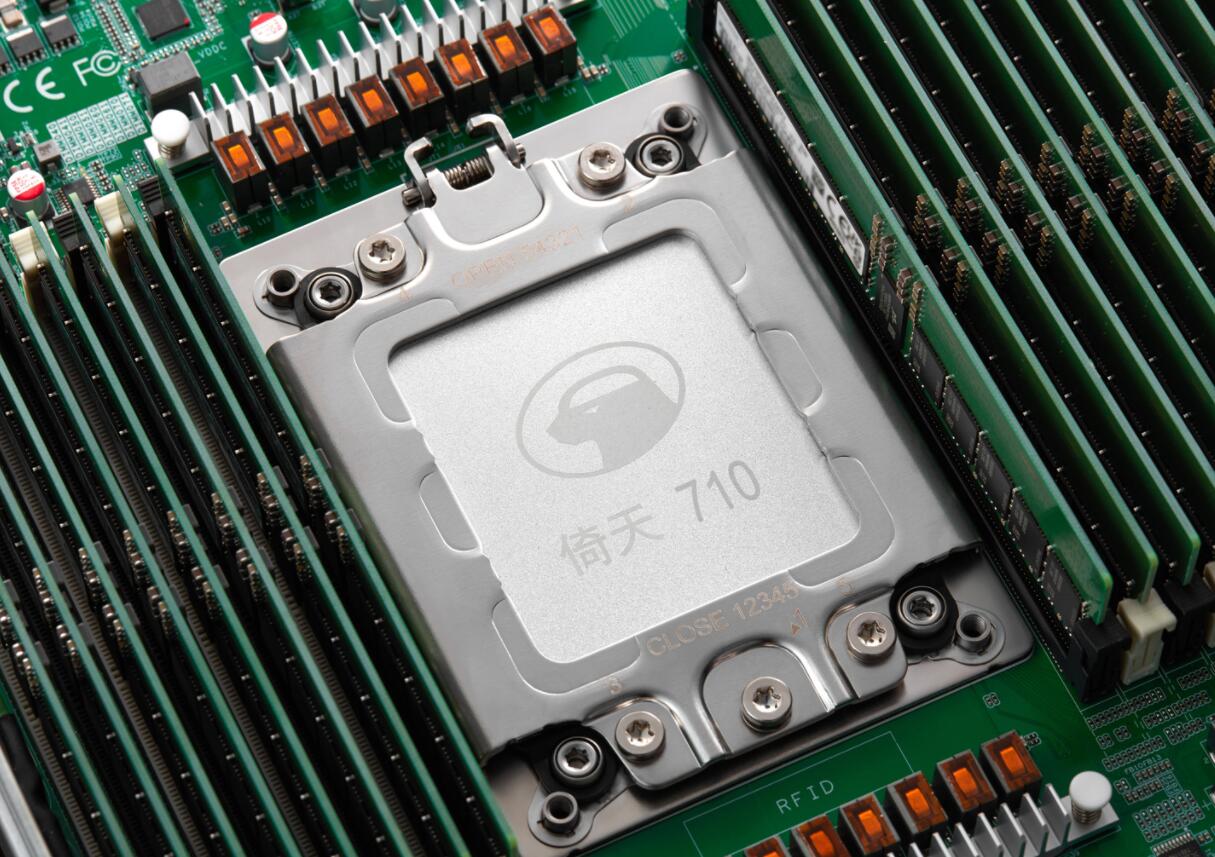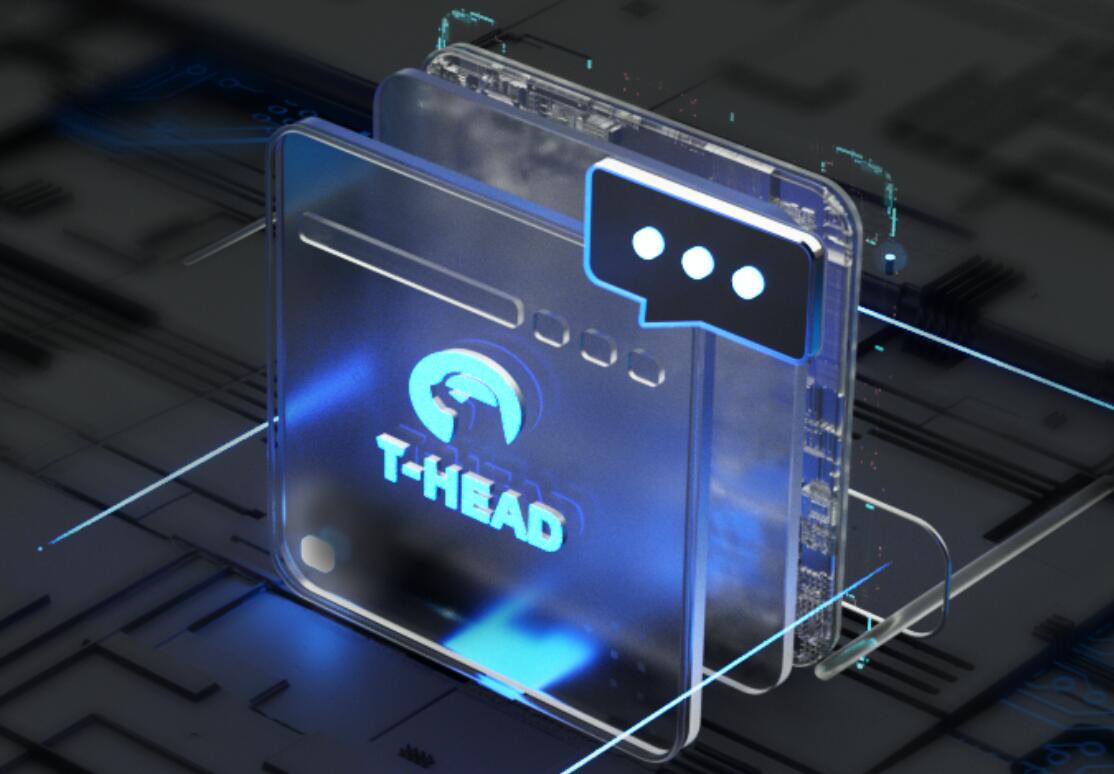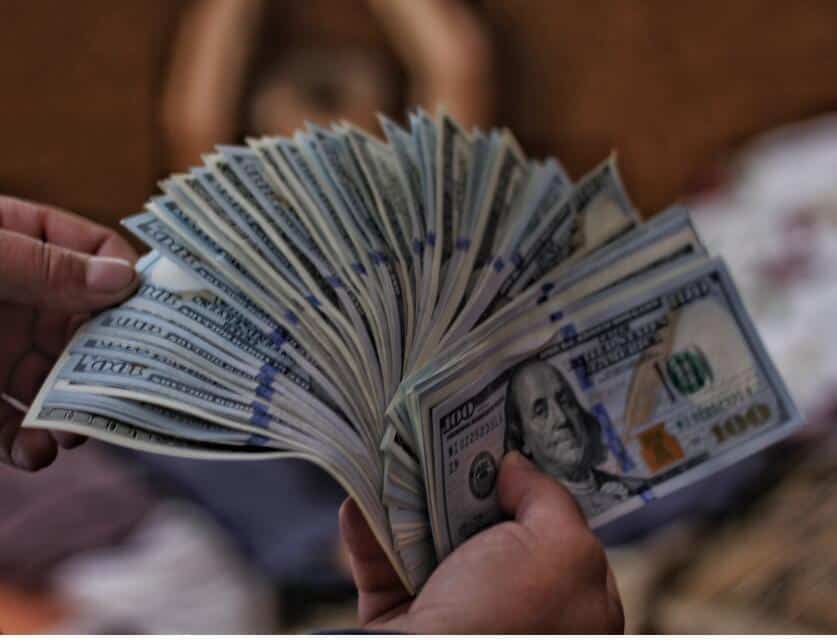
If carriers of the new coronavirus have been exposed to RMB banknotes, will it be contagious? This was a topic hotly debated by social networks when the domestic epidemic began.
Nowadays, Americans are also worried about whether the US dollar banknotes will be infected with the new crown virus. Unlike the current widespread electronic payment in China such as Alipay and WeChat, cash is still one of the most popular payment methods in the United States.
Although credit and debit cards have become more popular in recent years, according to data compiled by the Federal Reserve, cash still accounted for 26% of all US consumers' payment methods last year.
Especially for small purchases, US dollar change still occupies an overwhelming advantage, and 50% of transaction payments under 10 dollars are paid by cash.
Some U.S. stores are beginning to exclude cash payments
The window of Dick's Drive-In, Seattle's iconic burger chain, is now starting to look like this:“ In an abundance of caution, we ask you to please pay with Credit or Debit card if possible rather than cash. ”
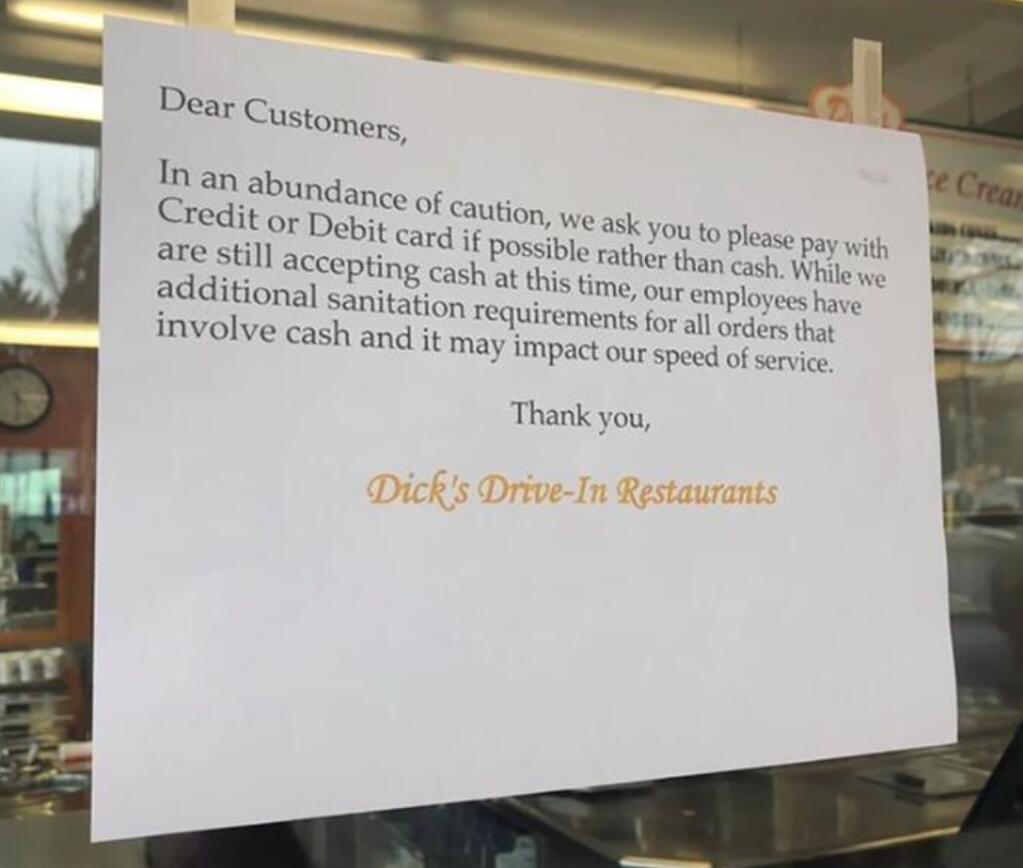
Obviously, as the United States becomes more likely to be the next hardest hit by coronavirus, the fear of US dollar cash is obvious.
And throughout the U.S. financial industry, a fierce debate on how to address growing public concerns that US dollar bills could spread the new crown virus is also brewing.
Studies show that coronaviruses are at least theoretically likely to survive on the US dollar, although there is no consensus on the actual risk of infection.
Data from the US Treasury show that US paper currency is made from 75% cotton and 25% linen. This makes the surface of the banknote rough and fibrous, which makes it easier for bacteria to adhere and survive longer than on smooth objects.
A 2020 study of coronaviruses (including SARS and MERS) showed that these microorganisms can survive on the surface for up to 9 days.
Studies have also shown that the use of ethanol-based disinfectants can greatly reduce this, but it turns out that cleaning paper notes is more difficult than cleaning plastic surfaces like tables.
Faced with the new crown virus epidemic, the People's Bank of China began to use ultraviolet lamps and high-temperature ovens to disinfect incoming cash and replaced old banknotes with newly issued banknotes.
But so far, the Fed apparently hasn't done much. Some industry organizations and banks have been urging the Fed and the U.S. Treasury to issue statements to assure Americans that using cash has the lowest risk.
The Fed said it was awaiting advice from the Centers for Disease Control and Prevention (CDC). The Centers for Disease Control and Prevention has so far stated that the virus is transmitted mainly through human-to-human contact. At the same time, the Federal Reserve has segregated banknotes repatriated from Asia for up to 10 days to keep them safe.
The implementation of "cashless" still has obstacles
For banks and companies processing electronic payments, the risks are high: billions of dollars in profits depend on the final statement or policy issued by the regulator.
On the one hand, small and medium-sized banks are working hard to keep their branches open so that they can continue to serve a large number of commercial customers who recharge their cash registers every day.
Some representatives of lenders believed that it was important for regulators to provide guidance on currency management, and they noted that the risk of using currency was low. For example, compared to pressing an elevator button or grabbing a handrail.
On the other hand, if the authorities take measures to prevent the use of US dollars, this will support the long-running "cash war" in the credit card industry, sending more transactions to payment applications that pay fees through its network. This may even increase the interest-bearing balance of a credit card.
Companies such as Visa, Mastercard, American Express, PayPal, and a number of large card issuers will be the biggest beneficiaries.
In the long run, the virus could become a "trigger event" for wider acceptance of credit cards, either by persuading retailers to start accepting credit cards or by urging the government to force acceptance, said Lisa Ellis, an analyst with independent research firm MoffettNathanson. .
This shift is particularly pronounced in regions of the world where credit cards are relatively few.
She said, "Digital payments have been seen by the government as beneficial to society because it helps financial inclusion, boosts tax revenue, and eliminates corruption. There is another reason:‘ oh, it 's also hygienic. '”
However, implementation of cashless use of bank cards or credit cards may still face difficulties in implementation.
Millions of Americans still do not have access to bank accounts, especially in poor areas and rural communities, with few branches serving residents and local businesses. Many of them rely on cash for transactions.
A study by the Federal Deposit Insurance Corp. found that about 25% of Americans have no or insufficient bank account—black and Hispanic families make up the largest percentage.
In the United States, more than half of unbanked households lack the funds needed to open an account.
"If you want to go in this direction, you need truly thoughtful planning to address inclusiveness," said John Thompson, chief program officer at the Financial Health Network.
Special Report: Fighting The New Coronavirus


